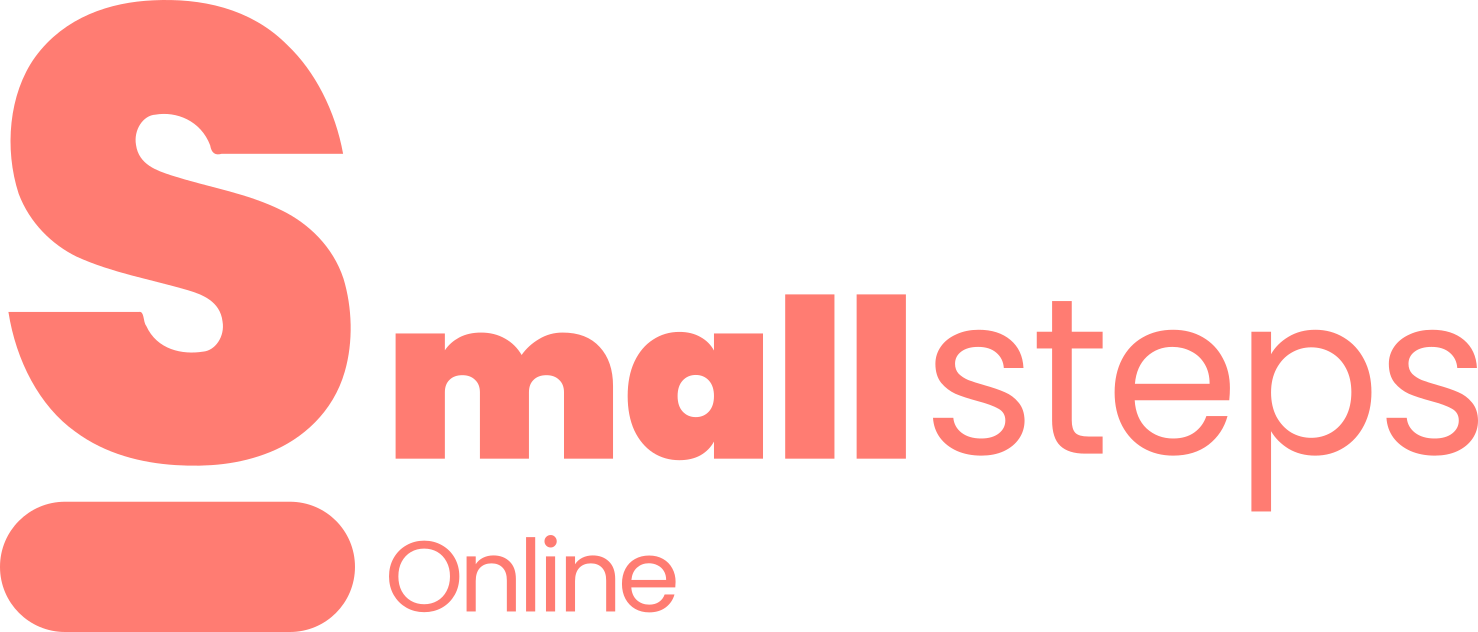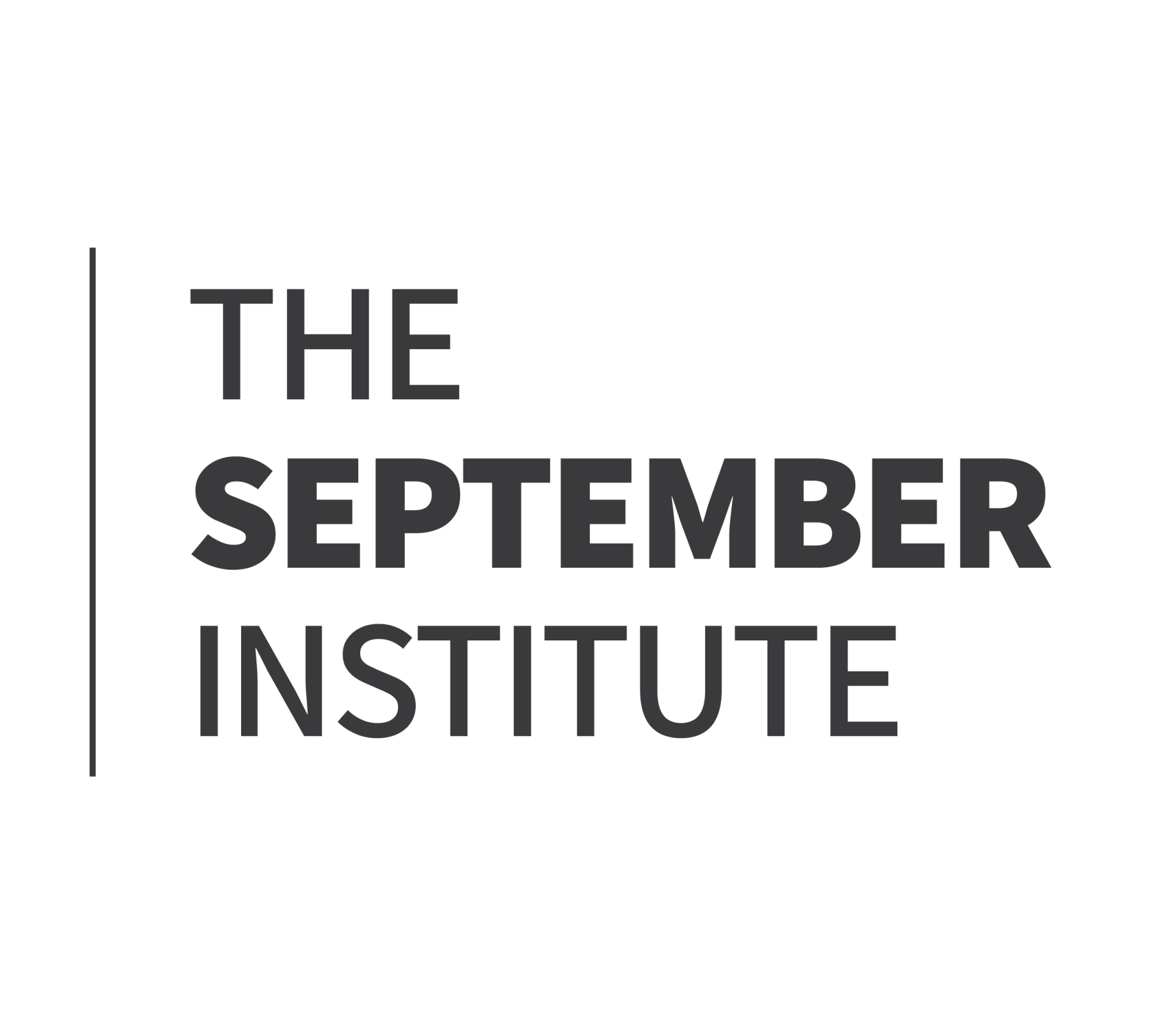Why Shared Attention Matters: What the ASCEND Trial Is Teaching Us
Why is this so important?
Because words are learned in shared moments. When your child is focused on the same object as you, your words (“duck!” “ball!” “bubbles!”) stick more clearly. Over time, this back-and-forth attention becomes the foundation for learning vocabulary, understanding meaning, and eventually having conversations.
Everyday Ways to Build Shared Attention
The good news is: you don’t need extra time or special tools to practice shared attention. The ASCEND study showed that embedding it into daily routines makes it easy and natural. Here are some parent-tested ideas:
1. Mealtimes Turn snacks into communication opportunities. Hold up a piece of food and say, “Look—banana!” Wait for your child to glance at it, then at you, before giving it to them. These small pauses give space for connection and help your child link words with objects.
2. Playtime Choose one toy at a time to reduce distractions. For example, hold up a ball and say, “Ball! See the ball?” Wait for your child’s gaze before rolling it to them. That look-and-response is where learning happens.
3. Book Time Use books with big, bright pictures. Point to the duck and say, “Duck—quack, quack!” Pause to see if your child looks at the page, then at you. That eye contact back and forth is pure shared attention—and it makes story time more interactive.
What Families Can Expect
The ASCEND trial found that parents not only could use these strategies at home, but they also found them enjoyable and sustainable. The program was designed for toddlers aged 11–36 months—a window when language foundations are forming.
Importantly, speech and language therapists supported the approach, showing that it’s both parent-friendly and backed by professionals. Families described it as a way to bring “more meaning” into everyday routines without adding pressure or stress.
Extra Tips for Parents
Key Takeaway
Children with Down syndrome often understand much more than they can say. Shared attention is one of the most powerful tools you have as a parent to help words start to make sense.
By slowing down, pausing, and joining your child in the moment—whether with a snack, a toy, or a picture book—you’re doing more than playing. You’re building the foundations of language, one shared gaze and one joyful connection at a time.
When your little one looks at something you’re pointing to—or looks at you and then back at the toy in your hand—that’s not just a sweet moment of connection. It’s what researchers call shared attention (or joint attention), and it’s one of the most powerful early building blocks for communication.
A recent 2024 feasibility trial called ASCEND (published in Pilot and Feasibility Studies) tested a parent-led program that focused on boosting shared attention in toddlers with Down syndrome. The results were encouraging: when parents practiced shared attention in everyday routines, their children had richer language input and showed signs of stronger vocabulary development later on (BioMed Central, 2024).
In other words: the simple moments you share with your child—at the table, on the floor, or cuddled up with a book—can help language blossom.
What Is Shared Attention and Why Does It Matter?
Shared attention happens when you and your child are both focused on the same thing and aware of each other’s attention. For example:
- You point to a toy duck, your child looks at it, then looks back at you.
- You shake a rattle, your baby looks and smiles, and you smile back.
- You both watch bubbles floating in the air and giggle together.
Why is this so important?
Because words are learned in shared moments. When your child is focused on the same object as you, your words (“duck!” “ball!” “bubbles!”) stick more clearly. Over time, this back-and-forth attention becomes the foundation for learning vocabulary, understanding meaning, and eventually having conversations.
Everyday Ways to Build Shared Attention
The good news is: you don’t need extra time or special tools to practice shared attention. The ASCEND study showed that embedding it into daily routines makes it easy and natural. Here are some parent-tested ideas:
1. Mealtimes Turn snacks into communication opportunities. Hold up a piece of food and say, “Look—banana!” Wait for your child to glance at it, then at you, before giving it to them. These small pauses give space for connection and help your child link words with objects.
2. Playtime Choose one toy at a time to reduce distractions. For example, hold up a ball and say, “Ball! See the ball?” Wait for your child’s gaze before rolling it to them. That look-and-response is where learning happens.
3. Book Time Use books with big, bright pictures. Point to the duck and say, “Duck—quack, quack!” Pause to see if your child looks at the page, then at you. That eye contact back and forth is pure shared attention—and it makes story time more interactive.
What Families Can Expect
The ASCEND trial found that parents not only could use these strategies at home, but they also found them enjoyable and sustainable. The program was designed for toddlers aged 11–36 months—a window when language foundations are forming.
Importantly, speech and language therapists supported the approach, showing that it’s both parent-friendly and backed by professionals. Families described it as a way to bring “more meaning” into everyday routines without adding pressure or stress.
Extra Tips for Parents
- Follow your child’s lead. Notice what they’re looking at or reaching for, and join in with a word.
- Keep it simple. One word or short phrase (“car!” “all gone!”) is often more powerful than long sentences.
- Wait for their response. Pausing gives your child time to look, smile, or babble back.
- Celebrate small wins. A glance at you, a sound, or even a smile counts as communication progress.
Key Takeaway
Children with Down syndrome often understand much more than they can say. Shared attention is one of the most powerful tools you have as a parent to help words start to make sense.
By slowing down, pausing, and joining your child in the moment—whether with a snack, a toy, or a picture book—you’re doing more than playing. You’re building the foundations of language, one shared gaze and one joyful connection at a time.
Acknowledgements
This blog post is based on the finding of the ASCEND Trial, Pilot and Feasibility Studies (2024). Available at BioMed Central.
Read the full article on the ASCEND trial here:
Disclaimer: The information provided on Small Steps Online is for educational purposes only and is not a substitute for professional medical, therapeutic, or developmental advice. Always consult with qualified healthcare providers, therapists, or relevant professionals regarding your child’s specific needs and situation. The September Institute and Small Steps Online are not liable for any outcomes resulting from the use or misuse of the information shared here.


